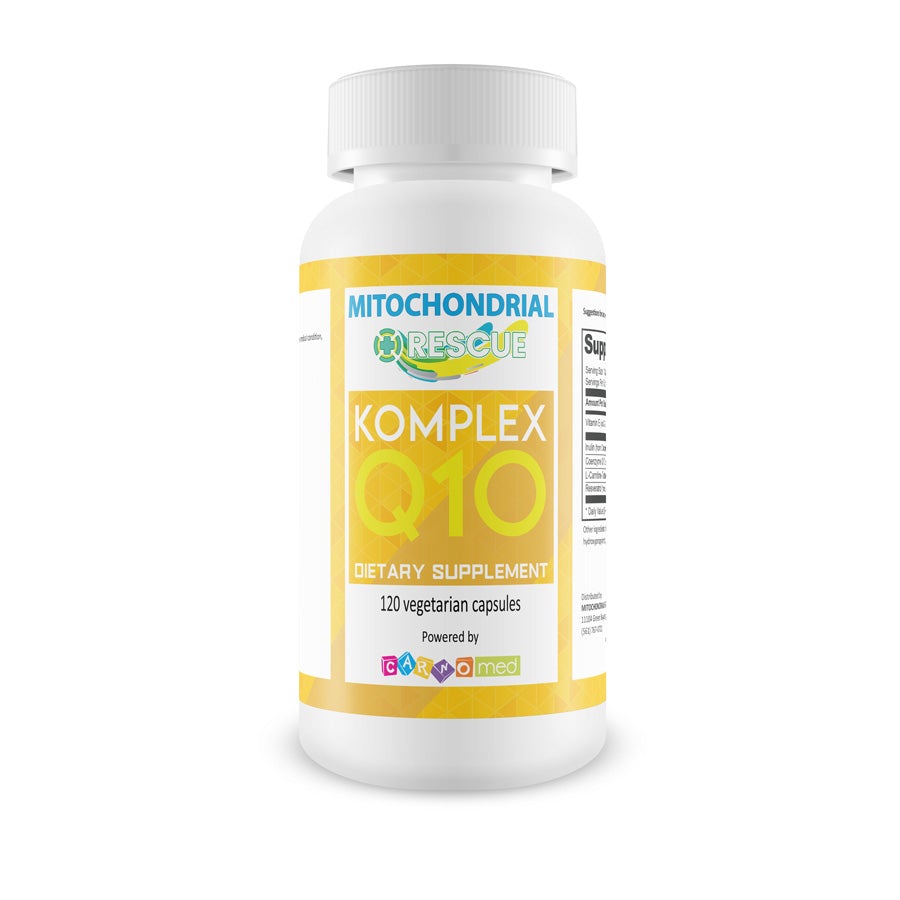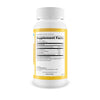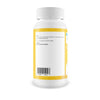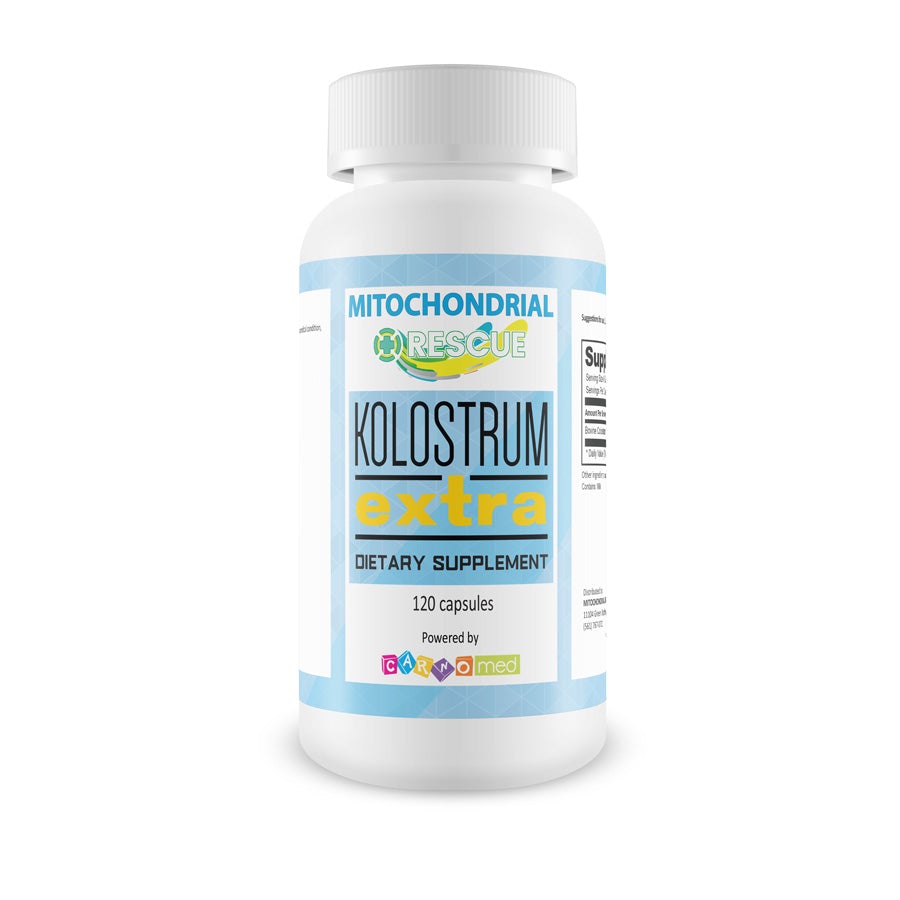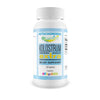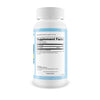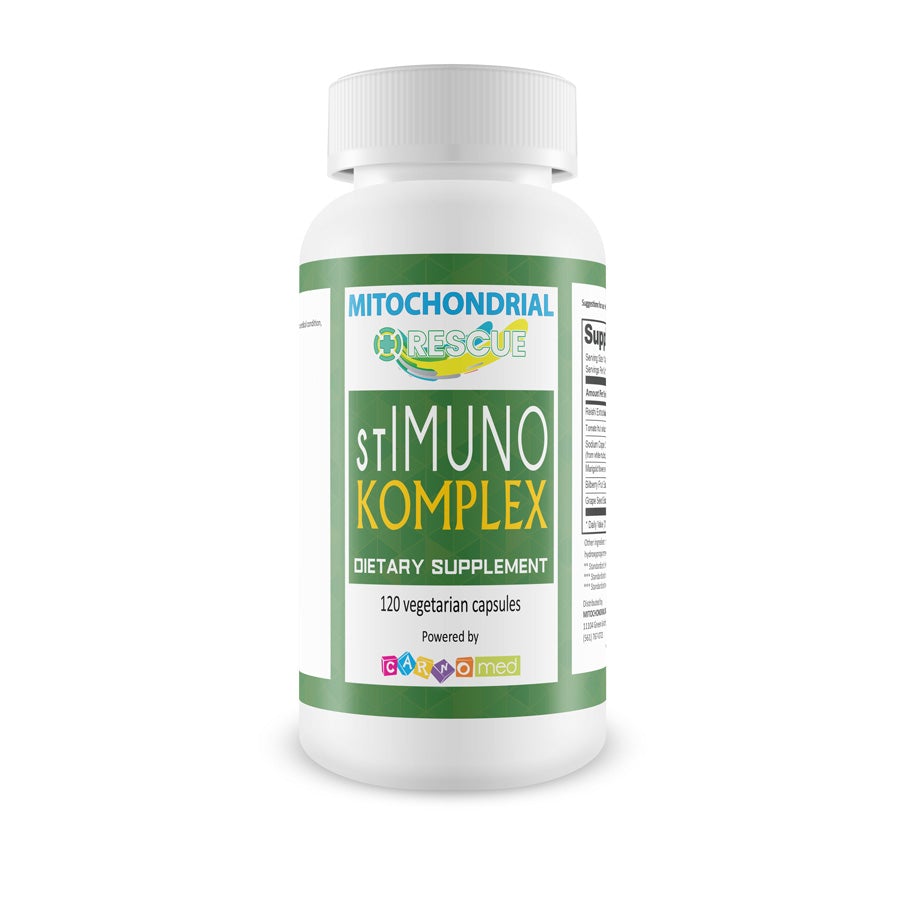Karnozin Extra is a completely natural product that possesses a doping-free certification obtained from the World Anti-Doping Organization in Cologne, Germany.
CARNOSINE:
- Extends life
- Rejuvenates the skin
- Increases endurance and muscle strength
- Regulates blood pressure
- Stabilizes cholesterol
- Strengthens the heart muscle
- Protects brain cells (e.g. against lack of oxygen)
- Has a strong neuroprotective effect in development of perceptual disorders in old age
- Improves wound healing
Because of its effects, carnosine has become very interesting to scientists all over the world. In Russia it has been used for over 100 years and there is also a growing interest in carnosine in Western countries.
Karnozin Extra’s unique formula guarantees high efficiency and potency of carnosine in the body by optimizing and supporting the mitochondria. The process of it’s formulation is carried out by secret technology and in strict production conditions over a period of 5 days. It was developed after more than 15 years of research, with the aim of achieving 100% efficiency of carnosine in the body. Around 2000 scientific studies were published on PubMed on the subject of carnosine.
Ingredients
Package of 120 capsules / 1 capsule of Karnozin Extra contains:
- L-carnosine 125 mg
- Vitamin E 20 mg
- Coenzyme Q10 20 mg
- L-carnitine 20 mg
- Northern blueberries extract 20 mg
- Grape seed extract 20 mg
Dipeptide carnosine is composed of two amino acids: L-histidine and β-alanine.
Another component of the product is Vitamin E, the most important antioxidant in the vitamin group.
Coenzyme Q10 is a very important substance of the modern approach to mitochondrial medicine. As an important component of the mitochondrial respiratory chain, it plays an essential role in ATP process in mitochondria, affecting the direction of the energy level in the cells.
Coenzyme Q10 has powerful antioxidant characteristics – neutralizing free oxygen and other radicals and also regenerating vitamin E. It shows an antiperoxidative effect of lipids, thus preventing lipoprotein changes and beginning and development of atherosclerotic diseases.
It is well known that the human body is capable of biosynthesis. However, this fully works only up to 40’s. Body biosynthesis continuously decreases and becomes very low in the later years, and with the lack of variety in nutrition, there is a risk for the occurrence of some or several mitochondrial diseases. Another risk is in people taking statins.
They inhibit the enzyme HMG-CoA reductase, and thus prevent the endogenous formation of cholesterol, but also affect the metabolism of mevalonate, a precursor of CoQ10. With the lack of mevalonate, this important metabolite of CoQ10 is unavailable, and after a while consequences become visible. We conclude that the 50-year-old person who takes statins must also include essential dietary supplement containing CoQ10.
L-carnitine is biologically important and the fact in favor of this indicates that it is found in breast milk. Therefore, artificial milk for infants is fortified with carnitine and taurine.
L-carnitine is found in large quantities in metabolically active organs, especially in the muscles, where it plays an important role in metabolic processes, such as the mitochondrial β-oxidation of fatty acids. It has a role in the creation of ATP in the myocardial mitochondria, which strengthens the protective mechanism of the heart.
The complexity of the product is complemented with the extract of northern blueberry and grape seeds, which are known for their rich content of beneficial flavonoids and polyphenols, resveratrol.
Autism and Mitochondrial Dysfunction
According to the recent researches of American scientists, which were financed by the largest organisation in the field of autism – Autism Speaks, there is a link between autism and mitochondrial dysfunction. This correlation has been known in the past in Parkinson’s and Alzheimer’s disease. The latest studies have yielded new insights in the field of autism.
One of the most important functions of Mitochondria, is to supply cells with energy. There are several ways of producing energy. One of the methods is a metabolic process called aerobic respiration, where mitochondria use oxygen for energy generation. Free radicals come as a byproduct of this process (e.g. hydrogen peroxide), which have a detrimental effect on the cell and the whole organism. To prevent their destruction cells produce antioxidant enzymes. If the balance in the body is disturbed and there are less antioxidants and more free radicals, this leads to oxidative stress.
Scientists at Davis (University of California) published in the Journal of the American Medical Association (JAMA), found that cumulative damage and oxidative stress in mitochondria may have an impact on the occurrence of autism. The inability of mitochondria to provide energy to nerve cells, severely affects the function of the cell, and therefore the cognitive function in autism.
10 children with autism from 2 to 5 years of age participated in this experiment and 10 children without any disorder. Despite the small number of children, the scientists consider these results significant, because the children were randomly selected of 1,600 children examined within the previous studies “Childhood Autism Risk from Genetic and the Environment – CHARGE”.
Metabolic processes in the mitochondria of lymphocytes (white blood cells) were analyzed in a blood sample. The significance of this analysis was to focus on cells that receive energy primarily through aerobic respiration, to which mitochondria directly affect. On the contrary, prior studies were used to explore mitochondria of the muscle cell. However, they were able to receive energy also without the use of mitochondria, which means that the final value of these studies may be incomplete, since the mitochondrial dysfunction may remain unnoticed.
The research results show that mitochondria in lymphocytes of children with autism, compared to the control group, have used much less oxygen. In some mitochondrial enzymes oxygen consumption has been one-third of normal values.
Insufficient activity is indicated in other obtained results: increased level of pyruvate (“raw materials” used by the mitochondria for energy production) in blood plasma, indicates that mitochondria does not produce enough of this substance and therefore cannot meet the energy needs of the cell. The increased level of free radicals is also recognised (e.g. twice the amount of hydrogen peroxide), which causes detrimental oxidative stress. Among other things, mitochondria use this oxidative stress to create a DNA copy of its own, and in children with autism significantly higher levels of mitochondrial DNA are measured.
According to the authors of the study, the nerve cells ability to function decreases rather than in lymphocytes, since the nerve cells take the energy exclusively from mitochondria.
In their future work, scientific studies will be based on a deeper study of detected differences. The challenge is to understand the exact role of mitochondrial dysfunction in autism. Triggers of dysfunction are varied environmental influences and, depending on their severity or period when the child was exposed to them, some symptoms of autism can be explained.
Scientists also believe that the precise “mapping” of chemical processes in mitochondria contribute to the diagnosis of autism. So far, the method of muscle biopsies has been used for the study of mitochondria. If scientists succeed to make up a test in the form of blood tests and determine indicators specific to autism, it would represent a major contribution to the diagnosis of this disease.
The text is taken from the articles posted on the Internet:
Children With Autism Have Mitochondrial Dysfunction, Study Finds
Carnosine and Diabetes
Almost every diabetic knows what the term HbA1c refers to. That is glycosylated hemoglobin, which gives information about the level of blood sugar over the past few months. Recent studies have demonstrated the anti-glycation effect of carnosine.
What is actually glycation?
The whole organism is in a constant process called glycation (glycosylation). This reaction involves binding of protein molecules to molecules of sugar (glucose), with accompanying the formation of damaged, dysfunctional structures. Glycation changes the structure of proteins, thus reducing its biological activity. Proteins involved in this process accumulate in affected tissues and become responsible for the complications that diabetes brings. Glucose is an engine which drives glycation and the result of compounding glucose and proteins is the formation of free radicals and glycation end-products (AGEs). These products have a highly toxic effect on proteins. Diseases which are associated with aging, such as hardening of the arteries, cataracts and some neurological disorders are, to some extent, a consequence of glycation. In addition to preventing glycation, carnosine helps remove glycosylated proteins.
A much larger quantity of AGEs is created in diabetics, than in healthy people. This process changes the physiological functions of the organs and destructive consequences follow. One of the consequences is 50 x more forming of free radicals. Diabetes is a disease that accelerates aging, then AGEs affect the arteries (along with myocardial infarction, the occurrence of arteriosclerosis in diabetic patients is 3 times more likely than in non-diabetics), ocular lens and retina, peripheral nerves and kidneys. By preventing glycation, a reduction of inflammatory and degenerative changes is achieved. Carnosine is a kind of protective shield that removes damaged, unnecessary and often harmful proteins.
Karnozin Extra is suitable for all diabetics since it reduces the risk of developing diabetic complications, particularly heart disease, stroke, atherosclerosis, renal failure and ocular complications. It is suitable for pregnant women with diabetes because it reduces the risk of diabetes in children.
Carnosine is a substance found naturally in the human body.
L-carnosine is the main active ingredient in Karnozin Extra.
Its greatest concentration is found in the brain, heart and muscle tissues.
Viewed from a chemical point, carnosine is dipeptide composed of two amino acids (β-alanine and L-histidine).
Karnozin Extra has a unique formulation and specificity, which cannot be compared to other products containing carnosine available on the market. This means that its utilization in the body is complete. Furthermore, unlike other supplements on the market, it lasts for eight to twelve hours in the cell.
Carnosine significantly enhances normal functionality of the cell.
It can rejuvenate the cell during the process of aging and enable it to regain its normal healthy function and prolong its life.
Carnosine effectively works against the processes that lead to deterioration or change in the cell structure, preventing the formation of various diseases. Some of these processes, are created by the effects of free radicals. Carnosine, is a powerful antioxidant, and can eliminate these. Carnosine also inhibits the effect on the glycation process (the binding of glucose to proteins). This can prevent the occurrence of the complications of diabetes, such as cataracts, atherosclerosis or reducing renal function. Similarly, it influences the carbonylation process (binding proteins to carbonyl groups), which leads to the disturbance of protein structures and gradually to their complete destruction.
Equally important is it’s chelating ability (carnosine helps the body to excrete heavy metals such as copper, zinc, iron, and toxic metals such as arsenic, lead, mercury, cadmium, and nickel).
Because of its action in the brain, carnosine is known as a neuropeptide, a substance that keeps nerve cells healthy and has a role in the transmission of nerve impulses (neurotransmitters).








